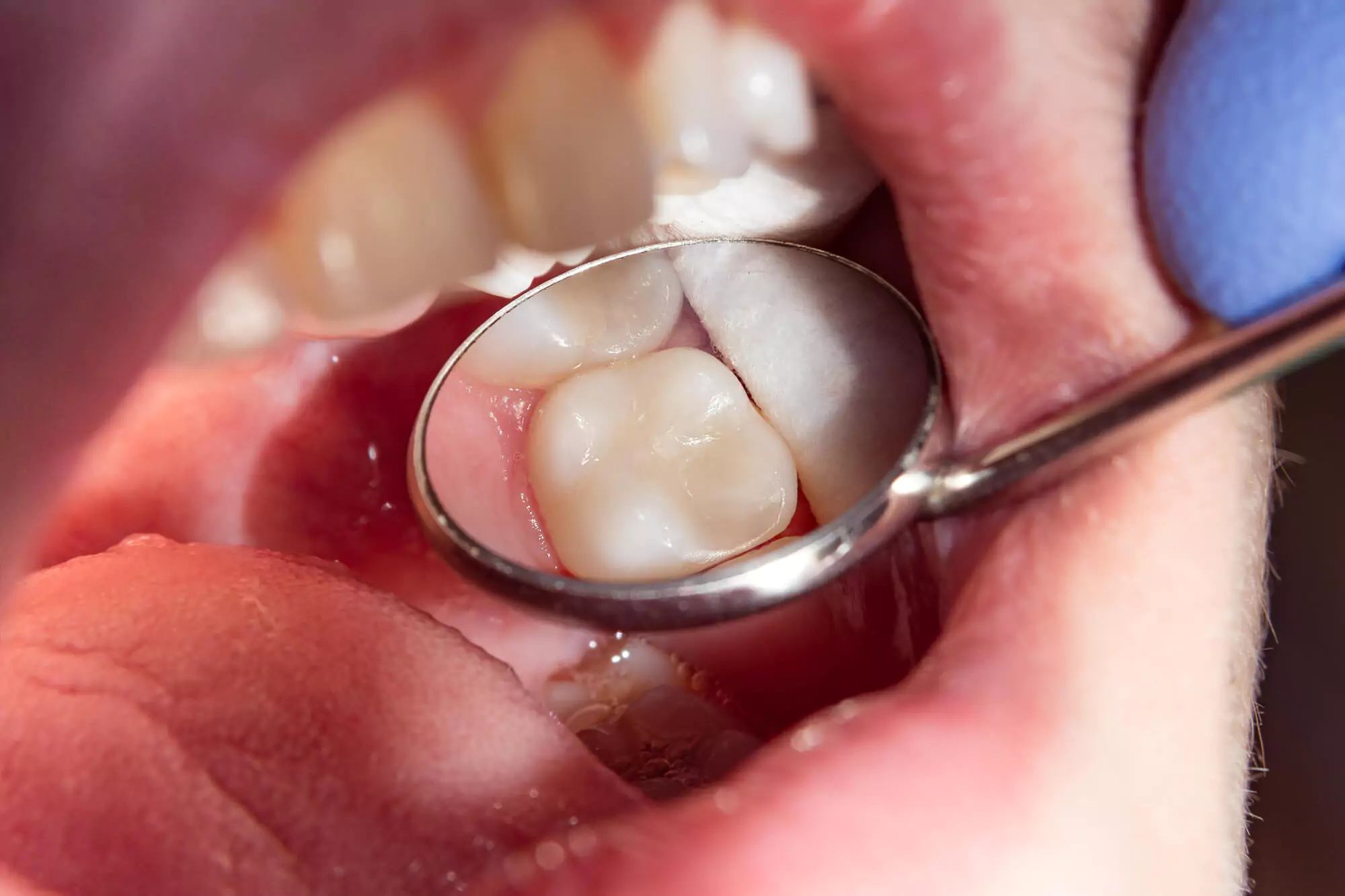Root Canal Therapy
What is root canal therapy?
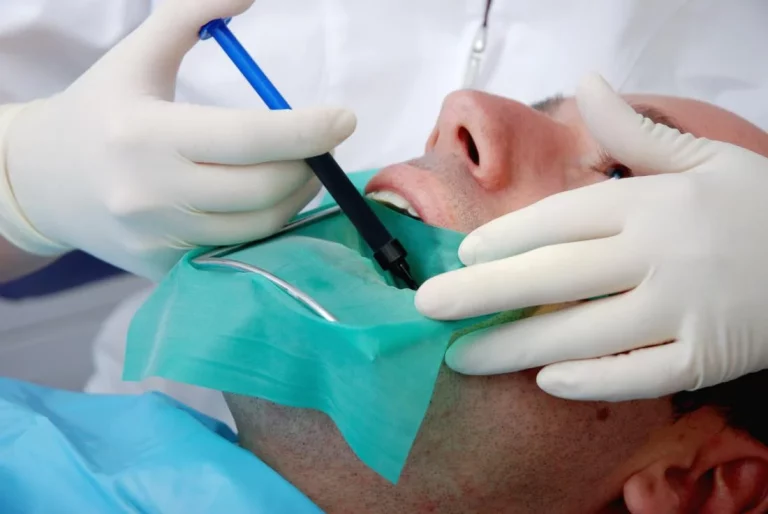
Root canal therapy treats problems inside a tooth, particularly when the pulp of the tooth (the soft tissue inside) has become infected or inflamed.
The pulp can become infected or inflamed for a variety of reasons, such as deep decay, tooth fracture, dental injury, or periodontal disease.
If not treated properly, the infection can spread to the root of the tooth and cause tooth abscesses, bone loss, and soft tissue damage, among other side effects.
What symptoms indicate the need for root canal therapy?

The symptoms that indicate the need for root canal therapy can vary.
In some cases there is tooth pain, sensitivity to heat or cold, swelling, redness around the affected tooth, or a feeling of pressure or discomfort in the jaw or mouth.
How is the diagnosis of root canal therapy made?
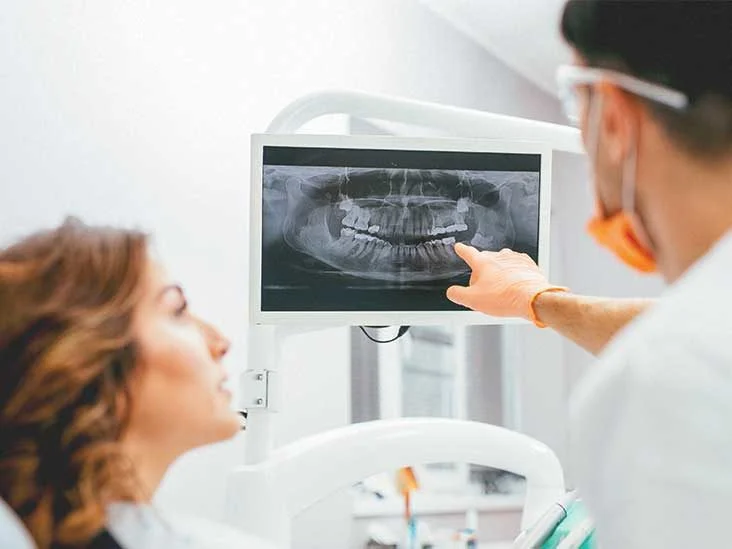
Before performing root canal therapy, the dentist examines the affected tooth and takes x-rays to assess the severity of the infection or inflammation. You can also do a dental vitality test to determine if the tooth pulp is still alive or needs to be removed.
If it is determined that the patient needs root canal therapy, the procedure is performed in the dental office under local anesthesia.

19 Natural Antibiotics to Ward Off Any Dental Infection
Sign up to receive daily email dentist tips and challenges, as well as our comprehensive Better smile Guidebook.
What is the root canal therapy procedure?
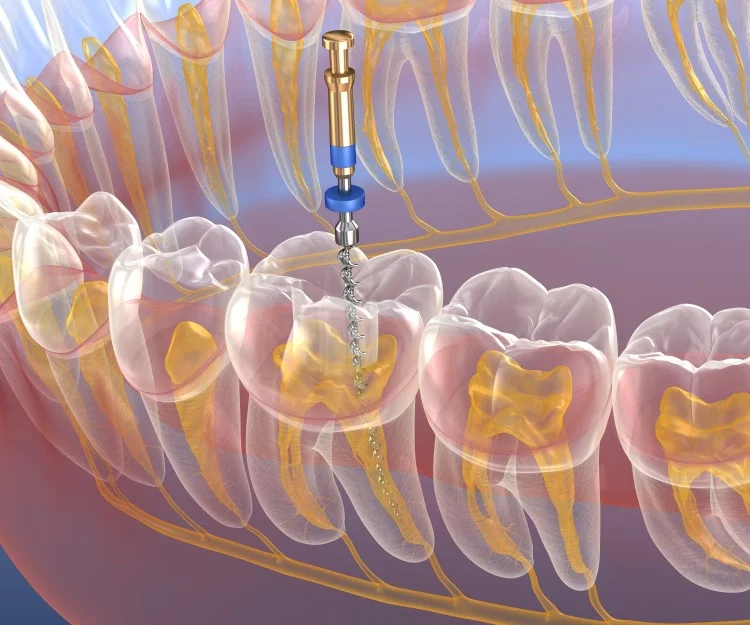
Root canal therapy is a procedure that is done to treat these infections or inflammations inside the tooth.
The dentist makes a small opening at the top of the tooth to access the inflamed pulp and removes it. He then cleans and disinfects the root canal, which is the canal that connects the pulp of the tooth with the roots and surrounding bone.
Finally, it seals the root canal to prevent future infection.
The dentist may recommend the placement of a dental crown over the tooth after root canal therapy to protect and strengthen it.
For some diagnoses, root canal therapy is not enough and endodontic surgery is required, a more invasive procedure that involves removing the root tip of the infected tooth.
In extreme cases, it may be necessary to extract the affected tooth, an option that is left as a last resort.
Depending on the severity of the infection or inflammation, the procedure may require several visits to the dentist to complete the treatment.
What care should be taken after root canal therapy?
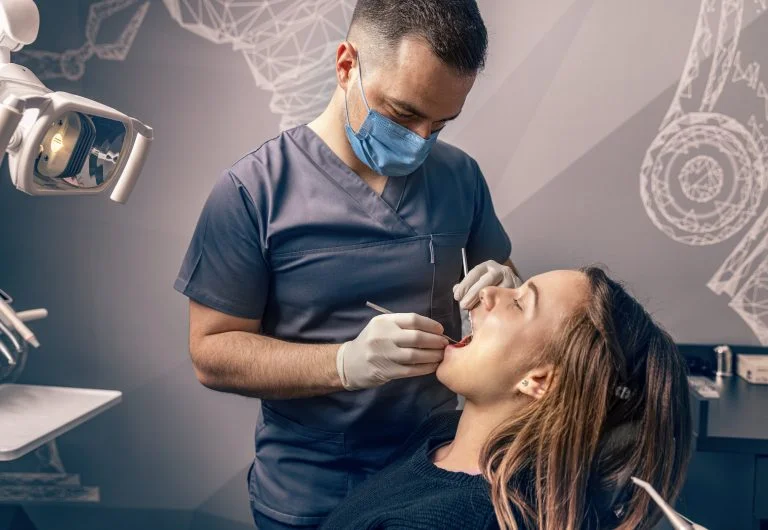
Root canal therapy is not a definitive solution.
The treated tooth may require further attention in the future.
After root canal therapy, it is important to maintain good oral hygiene and visit your dentist regularly for cleanings and checkups.
Conclusion
Where can you consult and do the treatment?
Root canal therapy is an effective and safe procedure that can save a tooth that would otherwise have to be extracted.
If you experience any of the above symptoms, seek dental care as soon as possible. The sooner an infection is detected and treated, the less likely it is for complications.
In our directory you will find information on suitable dentists, with recognized experience, with whom you can consult and receive the right guidance, as the case may be.

19 Natural Antibiotics to Ward Off Any Dental Infection
Sign up to receive daily email dentist tips and challenges, as well as our comprehensive Better smile Guidebook.
MOST POPULAR TREATMENTS
Our Services
Our Doctor
Meet Doctor


19 Natural Antibiotics to Ward Off Any Dental Infection
Sign up to receive daily email dentist tips and challenges, as well as our comprehensive Better smile Guidebook.


